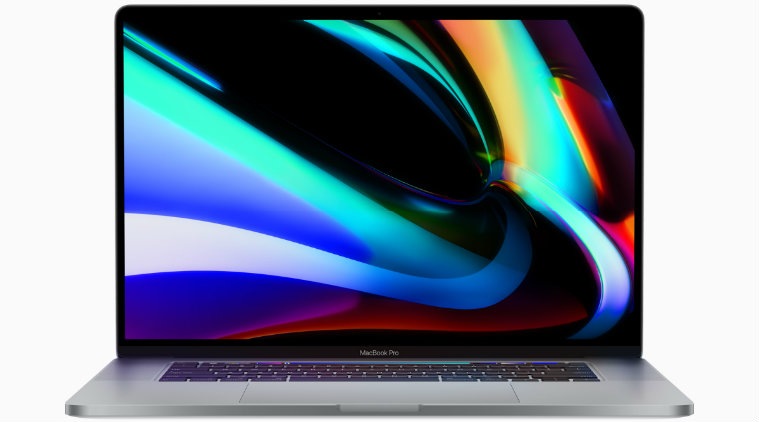 Apple’s next-generation MacBook Pros and iPads could feature Mini-LED displays.
Apple’s next-generation MacBook Pros and iPads could feature Mini-LED displays.
There are plenty of rumours surrounding Apple’s new products that we expect in 2020. Interestingly, there is one rumour that has been consistent in all reports. Evidently, Apple plans to use a new display technology called “mini-LED” in future versions of MacBook Pros and iPad Pros.
Up until now, Apple has been using regular LED screens “Retina” for its MacBooks and iPads. But now Apple is seriously planning to shift to mini-LED displays, a new display technology that claims to be better than standards LED displays and even better than OLED screens.
Here’s a quick guide that explains why mini-LED could replace OLED displays on fancy devices such as the MacBook Pro and iPad Pro.
What is a Mini-LED display?
Mini-LED is often referred to as “sub-millimeter light-emitting diode”. It refers to LEDs with a size of about 100 micrometer. Think of the Mini-LED display tech as an improved version of a traditional LED backlight.
So basically, Mini LED screens have more LEDs in the backlight panel that are not only smaller but packed together tightly. As a result, Mini LED displays offer improved contrast ratios and reduced response times. Thanks to better local dimming, a mini LED display increases contrast between the dark and bright areas of the image.
Express Tech is now on Telegram. Click here to join our channel (@expresstechnology) and stay updated with the latest tech news
Are Mini-LED displays better than OLED screens?
Like an OLED display, a Mini-LED screen also offers improved contrast and brightness. The quality is also comparable to that of OLED. However, there are differences between mini-LED screens and OLED displays. For instance, OLED display does not have backlights since they can emit visible light on their own. Mini-LED emits light, but they still require an extra layer of LCD in order to reproduce the colour. The advantage with a Mini-LED display is that it is less prone to burn-in like OLED.
What about the cost of producing a Mini-LED display?
Right now, it is not clear whether mini-LED screens are cost-effective compared to OLED displays. Some believe Mini-LED screens are cheaper to produce and perhaps why Apple wants to switch to mini-LED displays from OLED. OLED screens, even though are used in many flagship smartphones and high-end TVs, are still expensive to produce. Though the cost of producing an OLED screen has come down drastically.
Can we buy devices with Mini-LED displays?
Yes, a lot of manufacturers have launched smart TVs and laptops with mini-LED displays. TCL, for instance, is selling its 8-series Mini-LED 8K TV, in the US. Earlier this year, MSI showed the world’s first Mini-LED-equipped laptop. Asus, on the other hand, recently announced a monitor with a Mini-LED display.
